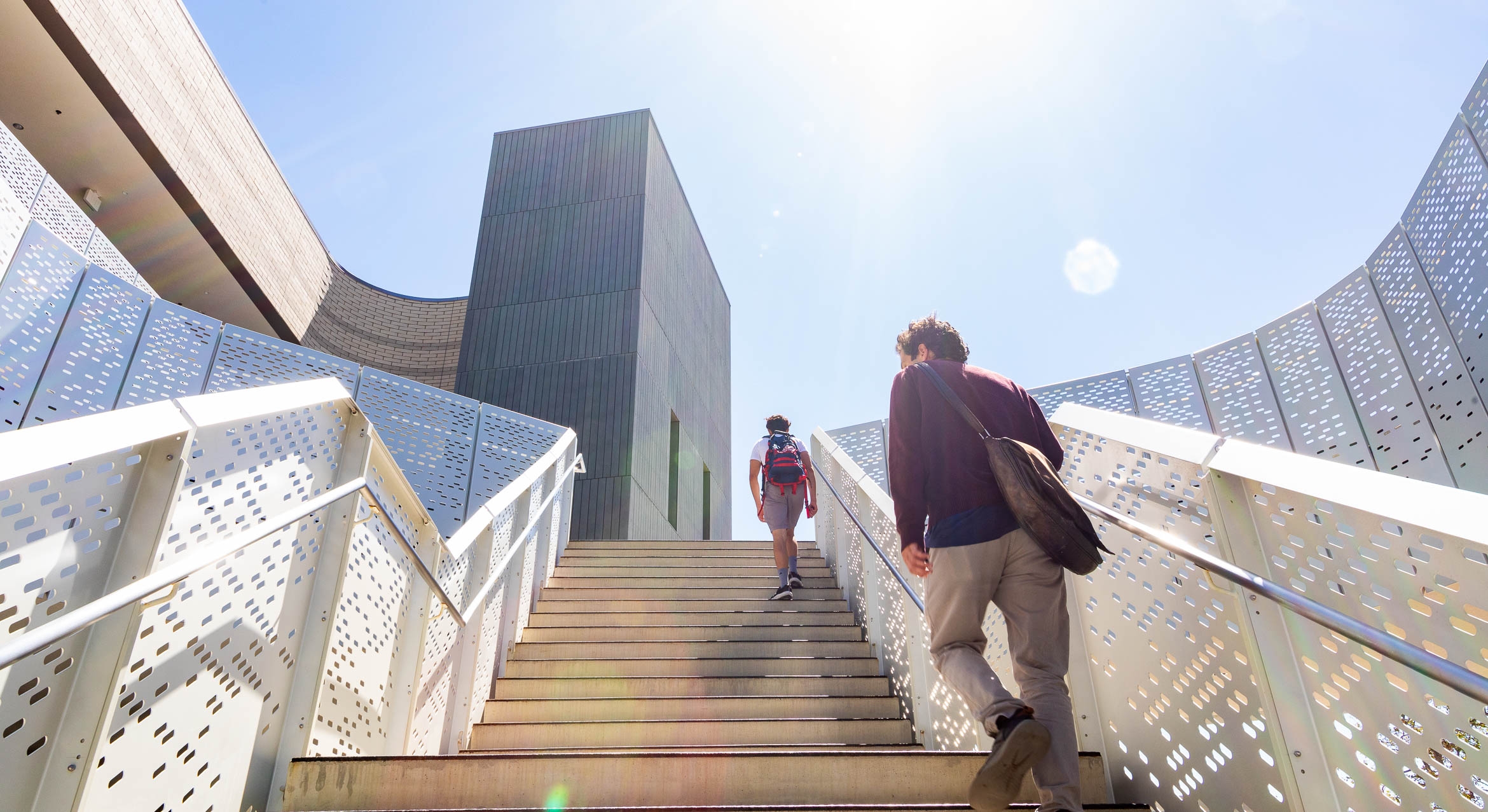Due to their feed, chicken and farmed salmon have remarkably similar environmental footprints
We love our chicken. We love our salmon. Thanks to how we farm these two popular proteins, their environmental footprints are surprisingly similar.
The key is in the feed, said UC Santa Barbara marine ecologist Ben Halpern, director of UCSB’s National Center for Ecological Analysis & Synthesis, and an author of a paper that appears in the journal Current Biology. In an effort to tease out opportunities for reducing the substantial environmental pressures of global food production, he and an international team of colleagues took a deep look at how we raise these two highly popular animals for consumption, focusing in particular on dynamics between land and sea.
“Chicken are fed fish from the ocean, just as are salmon, and salmon are fed crop products like soy, just as are chicken,” Halpern said, in comparing industrially farmed broiler chickens, and farmed salmonids (salmon, marine trout and char). In addition to land-based crops, chickens are fed fishmeal and fish oil; while salmon, which typically eat other fish, are farmed with land-based feed, such as oil crops, soybeans and wheat. “In a sense,” he noted, “we really do have ‘chicken of the sea.’”
The researchers found that 95% of the cumulative environmental footprint of these two items (greenhouse gas emissions, nutrient pollution, freshwater use and spatial disturbance) is concentrated on less than 5% of the planet, with 85.5% spatial overlap between the two products, due mostly to shared feed ingredients. According to the study, the total cumulative pressures from chicken production is highest in the United States, China and Brazil.
For fish, the highest cumulative pressures are found off the coasts of Chile, Mexico and China, with some pressure on land due to salmon aquaculture. Additionally, the researchers found that while chicken has nine times the environmental footprint of farmed salmon, it has 55 times more production than salmon, an efficiency due largely to the very fast reproductive cycle of chickens — six to eight weeks to reach slaughter weight versus one to two years for salmon.
Within that 5% of the planet that bears the environmental pressures of chicken and salmon production, there are variations in the farming methods’ environmental efficiencies. In the case of chicken, for instance, the U.S. (the world’s top producer of chicken) and Brazil (second largest) are more efficient than China (third largest). There are also variations between environmental pressures relative to the amount of salmon produced that differ by geography, indicating opportunities to improve efficiencies while minimizing environmental impacts.
Chicken and salmon are among the most popular sources of protein, and according to the researchers, are relatively environmentally efficient in comparison to other animal protein production such as beef and pork. However, the magnitude of their production, and their overlap in terms of environmental footprint raises interesting questions about the subtle connections between marine and land protein production, which, in turn, could provide opportunities for promoting sustainability. At the same time, the study underscores the importance of integrating food policies across realms and sectors to advance food system sustainability, according to the researchers.
“We got really interested in understanding how these two critically important and dominant foods affect our planet and how they compare,” Halpern said. “I knew from past research I’ve been part of that what we feed animals is a key part of what determines their environmental footprint, but I really didn’t expect chicken and farmed salmon to be so similar. The old adage that ‘we are what we eat’ applies to farm animals too!”
Sonia Fernandez
(805) 893-4765
sonia.fernandez@ucsb.edu



